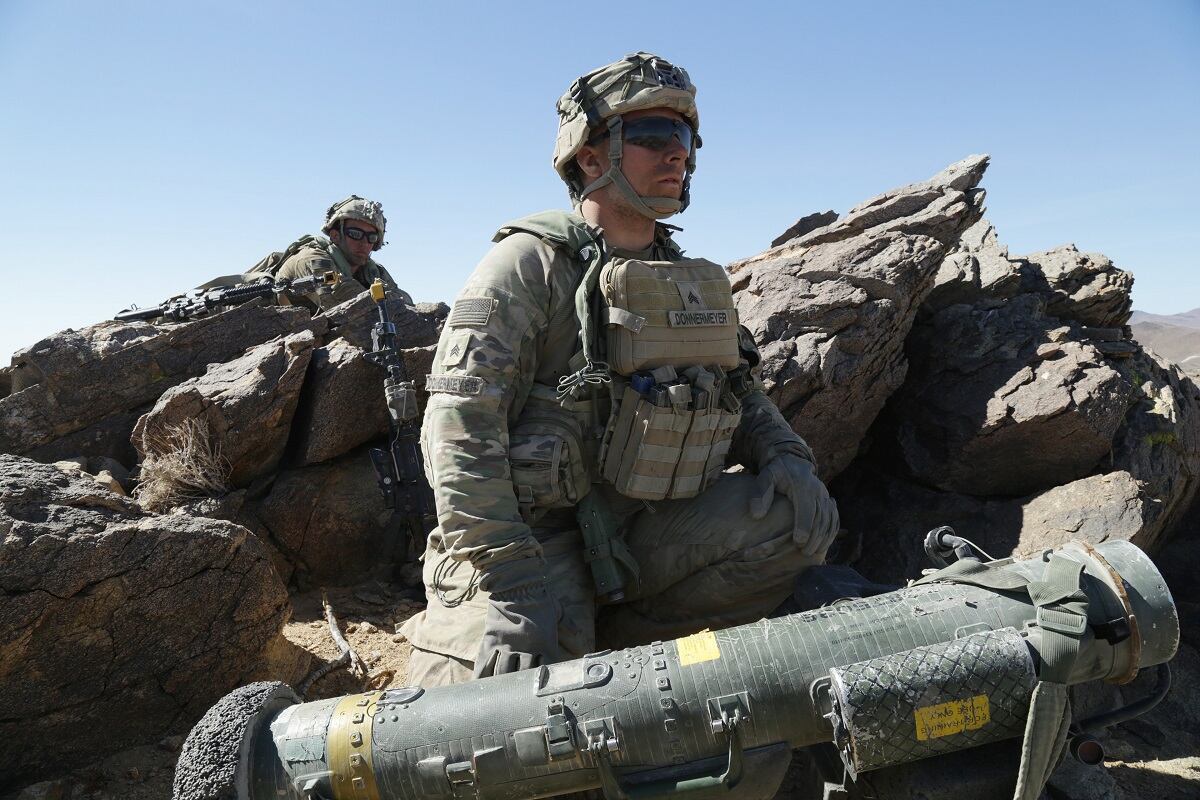WASHINGTON — The Army seemed geared toward holding a rapid competition to buy a Ground Mobility Vehicle in 2016, but the plan was delayed without much explanation in favor of buying an interim vehicle already in use by special operations forces.
Buying the GMV was a top priority following the fall 2015 release of the Army’s Combat Vehicle Modernization Strategy, which called for such a vehicle in future and current operations.
After a competition never materialized, however, rumors began to swirl that the Army may decide to buy more of the U.S. Special Operations Command’s GMV — General Dynamics Ordnance and Tactical Systems’ Flyer 72 — even after the service had spent several years prior testing a wide variety of commercial off-the-shelf options.
For more coverage from the AUSA annual meeting, click here.
But Congress spurred the effort in its fiscal 2018 defense policy bill, mandating the Army hold a competition and move forward with a program.
The Program Executive Office Combat Support and Combat Service Support’s product lead for the GMV has quietly stated on its website that the Army plans to pursue a competition for the GMV — calling it an Infantry Squad Vehicle — as a formal program of record.
The office states that it is projected to enter into a production contract in fiscal 2020 to procure 2,000 vehicles, roughly a year later than originally planned.
RELATED

The Army took a big step forward on Sept. 24, releasing a market survey to industry, via the Federal Business Opportunities website, soliciting offerings for an Infantry Squad Vehicle.
The notice states the service is looking for a vehicle that provides mobility for a nine-soldier infantry squad as well as its associated equipment to “move around the close battle area.” The vehicle should be lightweight, highly mobile and transportable “by all means” to include CH-47 Chinook cargo helicopters, UH-60 Black Hawk utility helicopters and by Low Velocity Air Drop.
Responses to the solicitation are due on Oct. 26.

While the Army has already bought quantities of the SOCOM vehicle for five airborne infantry brigade combat teams, other companies have continued to wait in the wings for the possibility to compete. And the pool of readily available ultralight vehicles is deep.
In addition to GD’s Flyer, these vehicles all participated in vehicle demonstrations at Fort Bragg, North Carolina, in 2014:
- Boeing-MSI Defense’s Phantom Badger.
- Polaris Defense’s air-transportable off-road combat vehicle DAGOR.
- Hendrick Dynamics’ Commando Jeep.
- Vyper Adamas’ Viper.
- Lockheed Martin’s High Versatility Tactical Vehicle, which is a version of the British Army’s HMT-400 Jackal.
The Army launched its new-start GMV program in 2017 as planned, based off the service’s new combat vehicle modernization strategy released in 2016, which called for the capability.
The Army planned to reach a full-rate production decision on a vehicle by the end of FY19.
But then it decided to split GMV procurement into two phases in the FY18 budget request and, in the first phase, planned to exclusively buy 295 of GD’s Flyers through a previously awarded contract with U.S. Special Operations Command. The second phase would open up into a competition to build 1,700 more GMVs.
Procuring the GMV vehicles from SOCOM raised the unit cost of the vehicle higher than the unit cost of ones that would have been procured through competition, according to FY18 budget documents.
Jen Judson is an award-winning journalist covering land warfare for Defense News. She has also worked for Politico and Inside Defense. She holds a Master of Science degree in journalism from Boston University and a Bachelor of Arts degree from Kenyon College.








